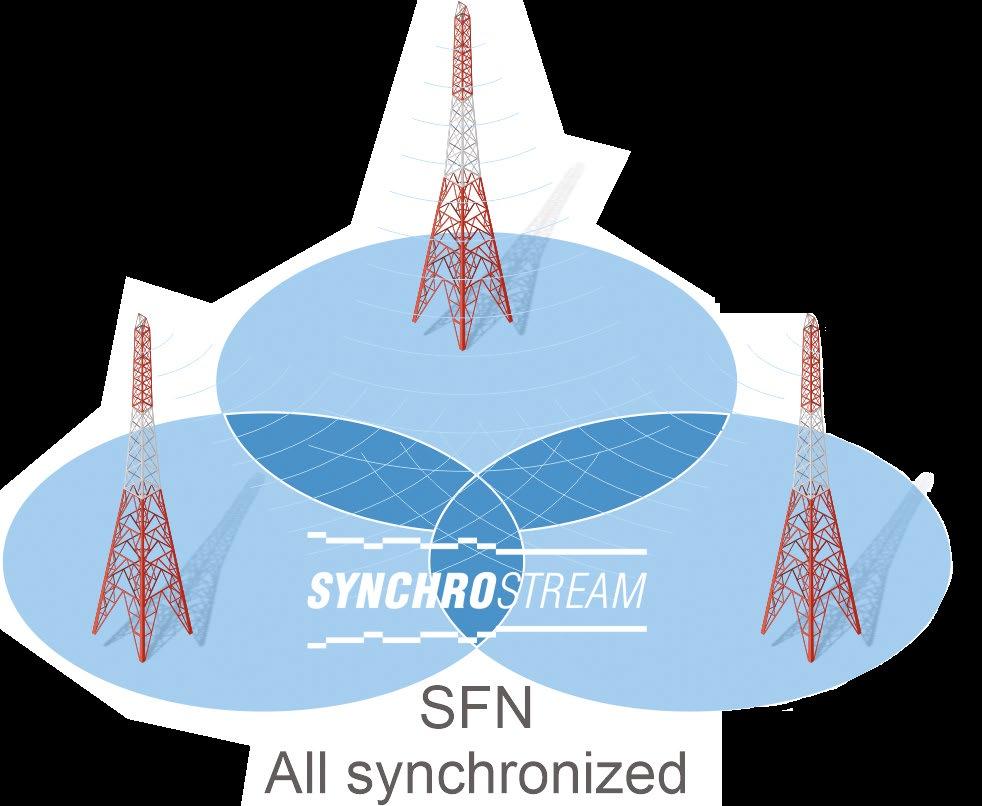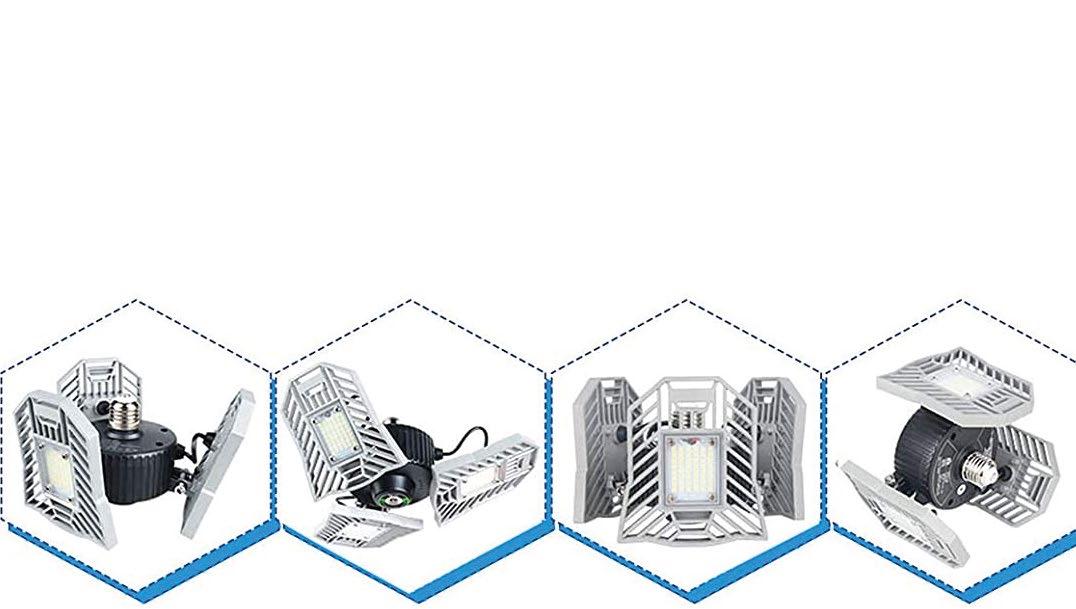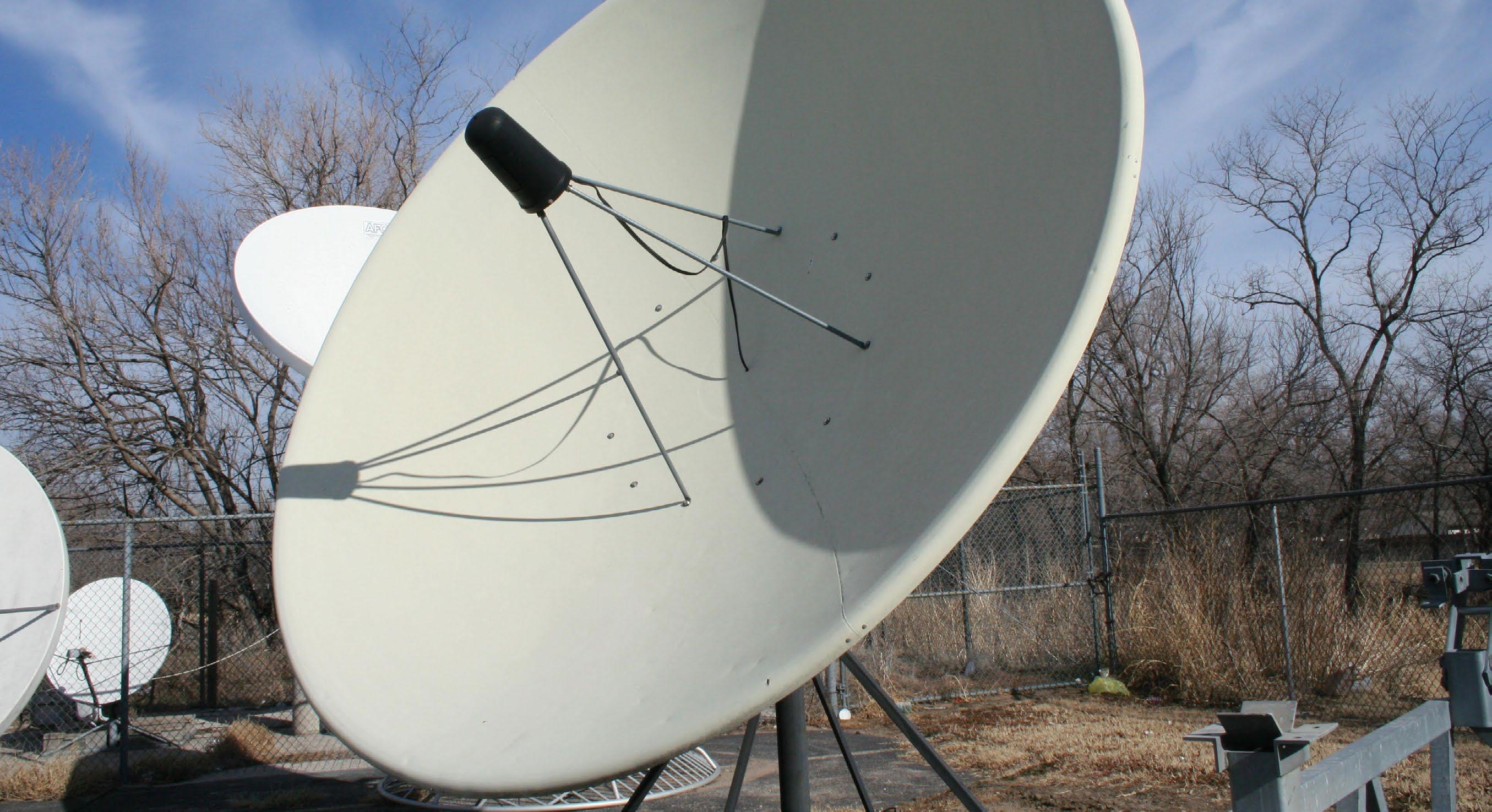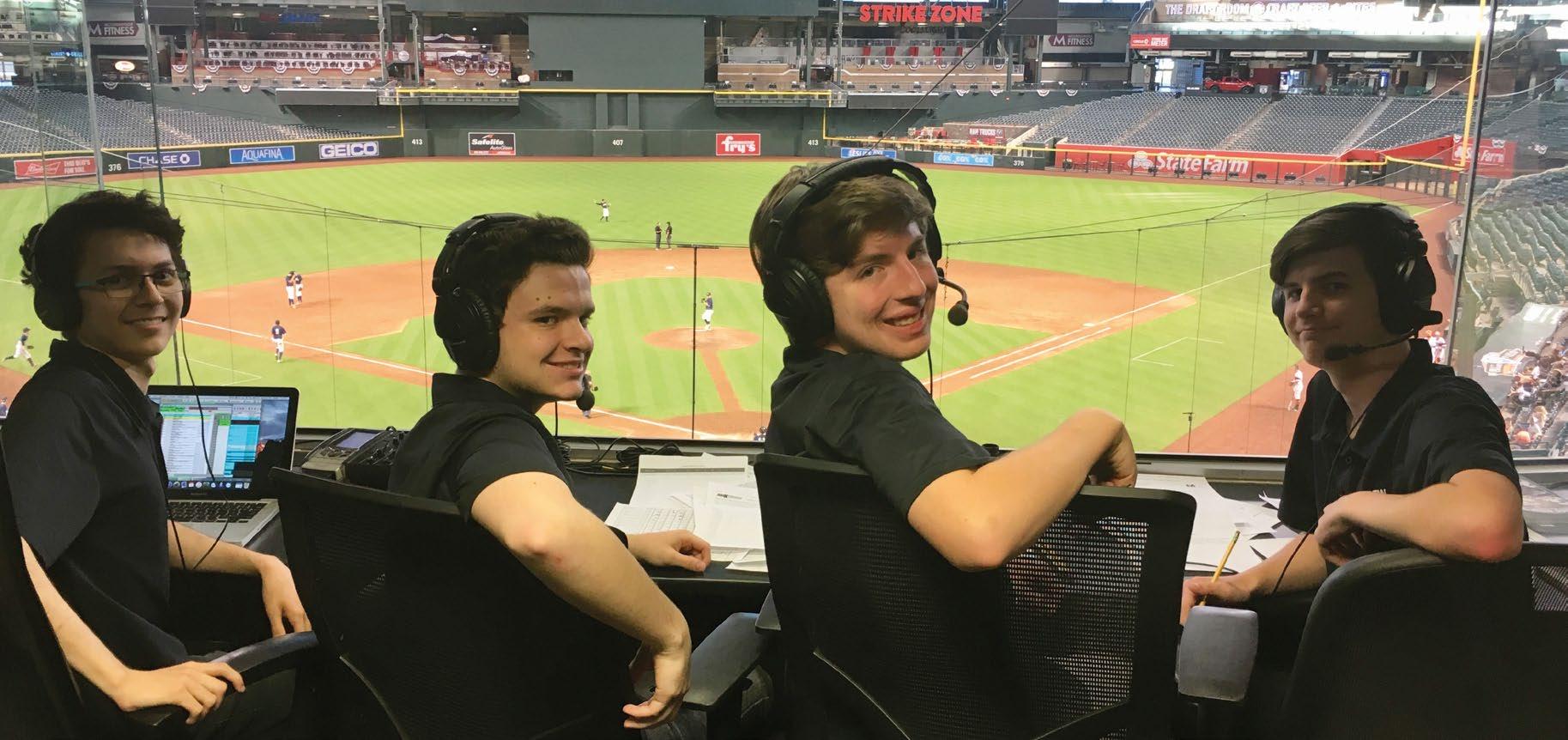
5 minute read
EBU’s new head of
producers to survive COVID-caused concert cancellations.
“The EBU is already running a series of seminars together with the music creation industry on how best we can support the whole music scene and what needs to be done when the pandemic is over.”
Advancing digital and hybrid radio
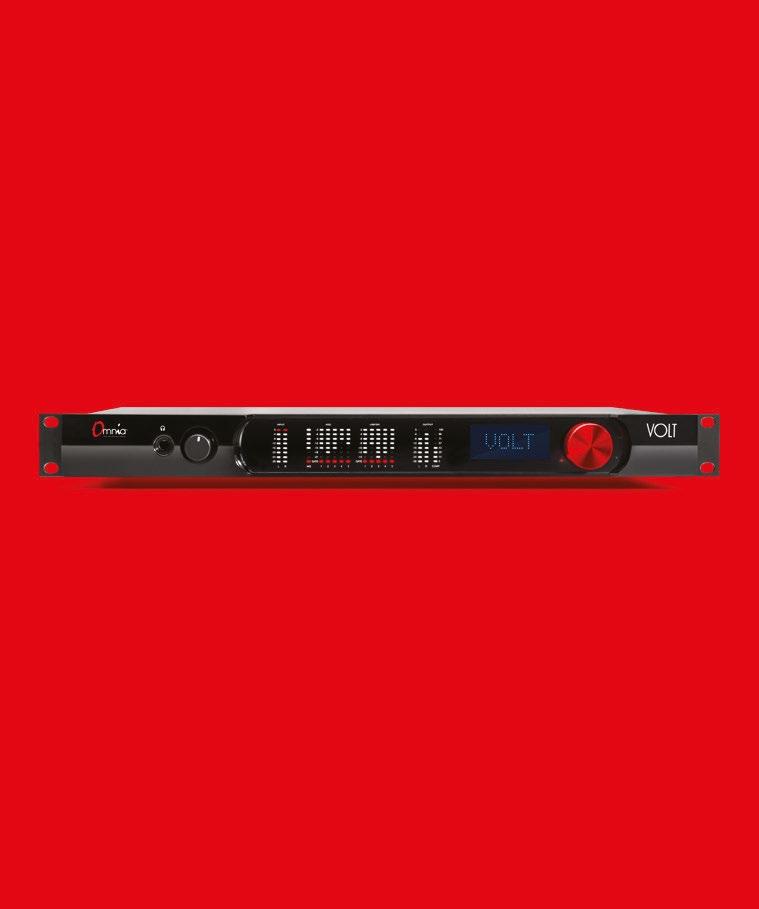
The progress of digital radio, specifically DAB+, and the deployment of hybrid radio in vehicles to retain radio’s share of the vital mobile market are priorities for Kudláčová.
“My division will continue to support the growth of DAB+ broadcasting across EBU member countries and to secure the position of public service radio in the digital market,” she said.
“The world needs independent, trustworthy public service radio now more than ever.”
As well, the EBU’s radio division will continue to work with EBU Technology & Innovation and the EBU’s Connected Cars and Devices working group.
“We’ll need to be looking at this year so that public radio stays relevant on ‘connected dashboards,’” Kudláčová said.
“I think this is a very big priority for public radio, because we need to cooperate on the international level in order to succeed — both in terms of the technology being used and the content being produced. We have to ensure that the content we distribute online makes sense for the online environment. We can do only if the EBU has an international strategy that is shared and endorsed by our members.” Kudláčová has an ambitious agenda as the EBU’s Head of Radio.
“It’s important that our EBU members are involved in this process, so that we really do this together,” she said. “I take it as a top priority to make sure that everyone involved in our radio efforts are well-connected and well-informed about what is going on, and that our agenda is clear and open to input from all of them.”

Above Edita Kudláčová
Photo by Khalil Baalbaki
Everything you need. The iXm bundle.
Get the iXm along wtih first-class accessories. For an unbeatable price.
iXm Windscreen. Keeps the noise away.




Get the ultimate protection for your iXm.
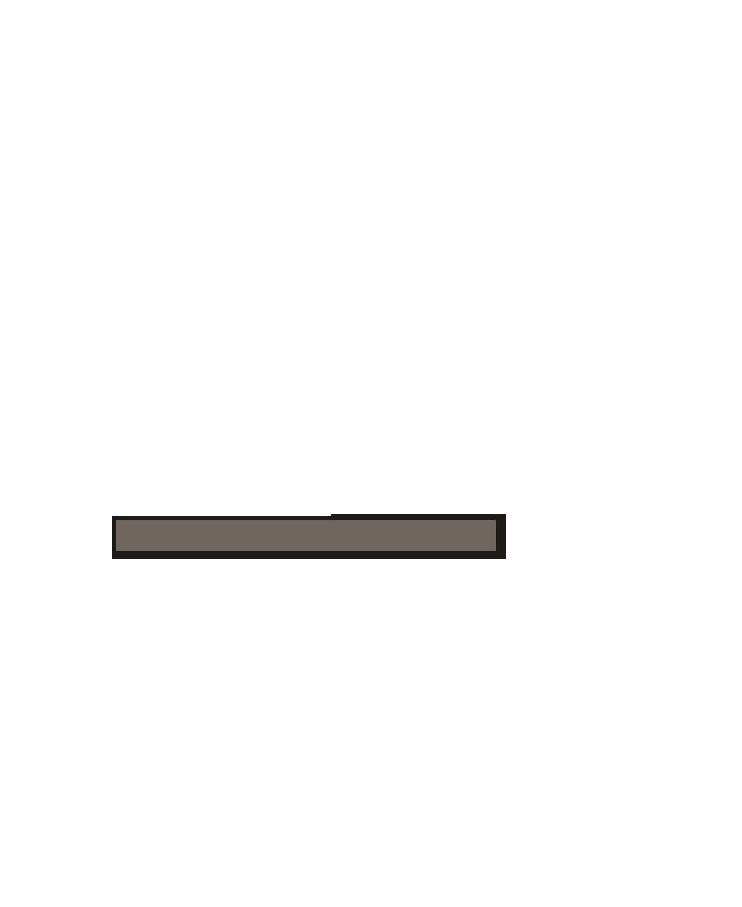



Control Your AoIP Universe
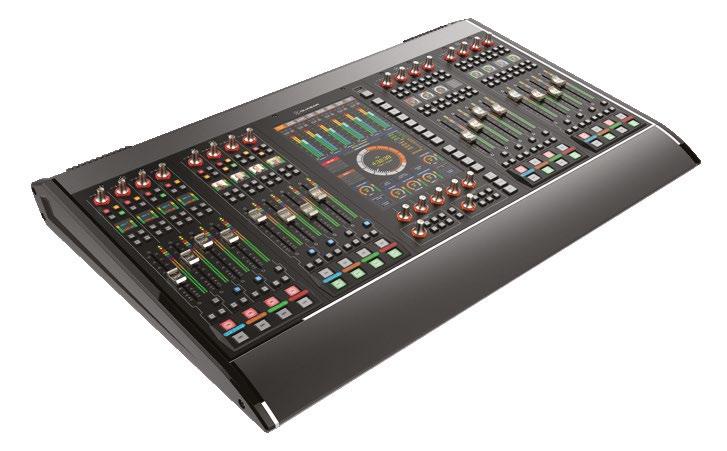
TelosAlliance.com/Quasar
Abracadabra!
And just like that! It goes from AM to FM to HD/DAB/DRM to Streaming to Stereo Generator.
TelosAlliance.com/VOLT
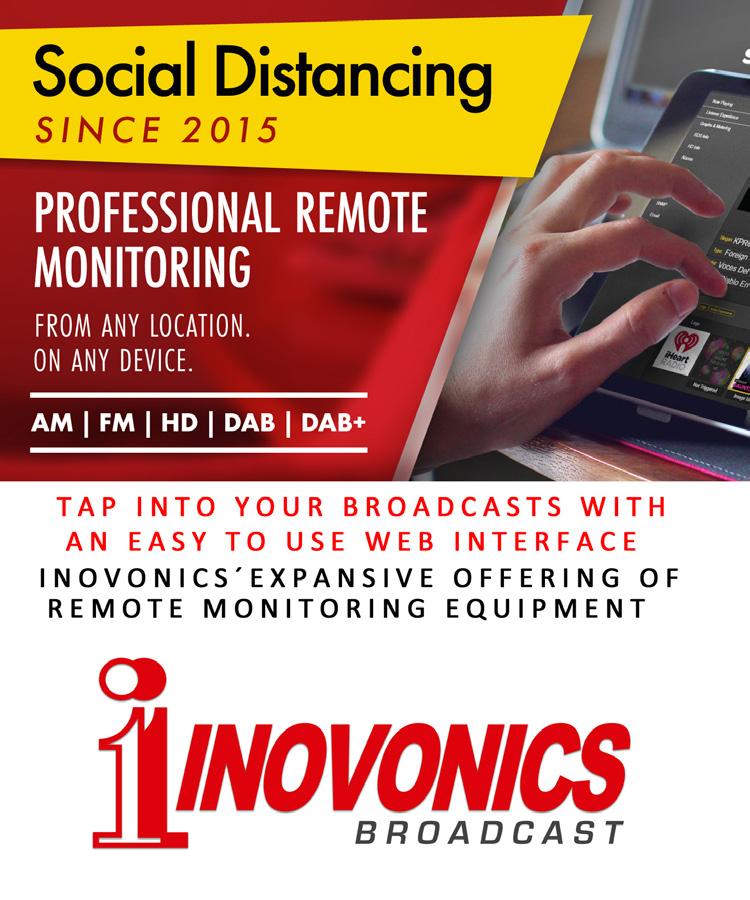

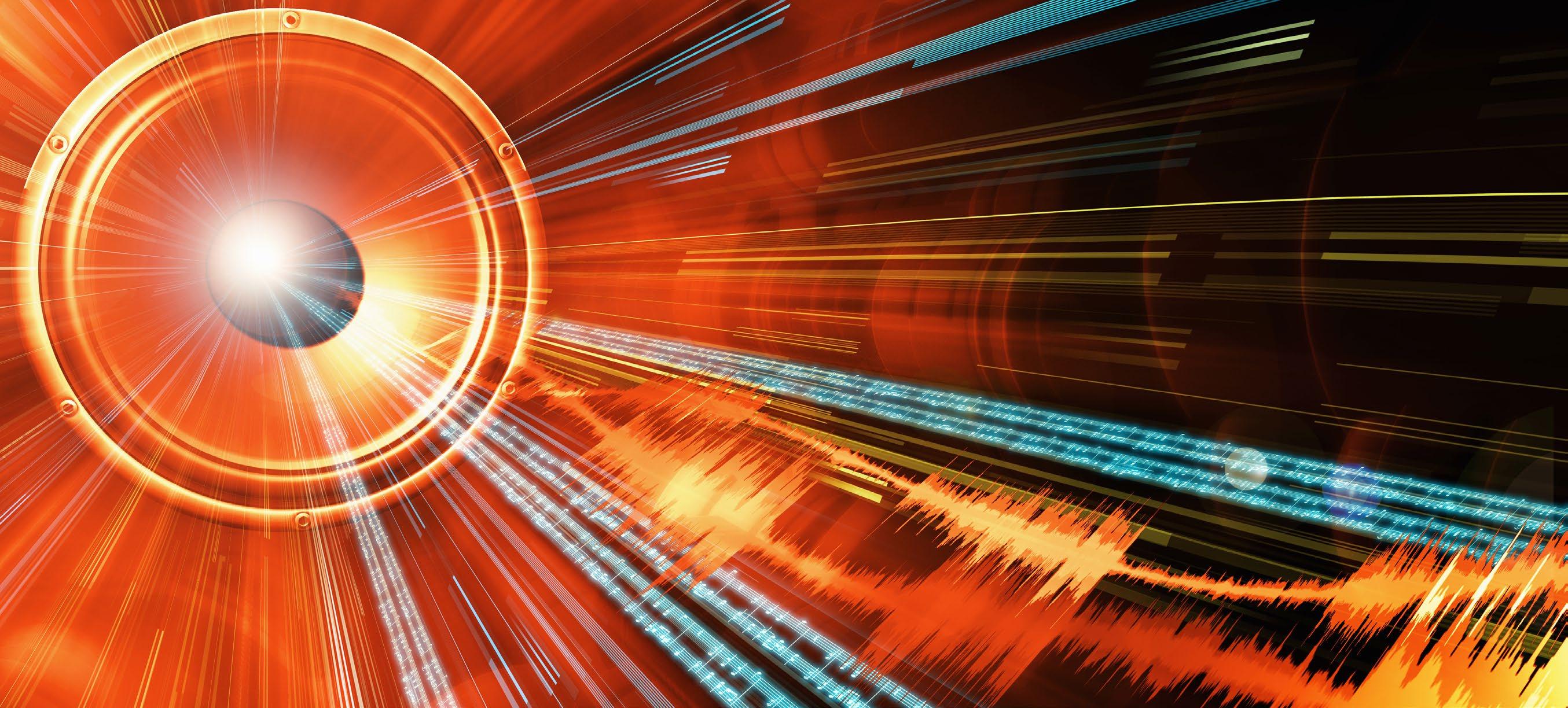
Writer Mark Persons
WØMH
is a Life Member of the SBE and one of only 10 people to receive its lifetime achievement award.
Comment
What do you see as the major benefits of “working with digital”? Write to radioworld@ futurenet.com with “Letter to the Editor” in the subject field.
Magictorch/Getty Images
Analog veterans in the digital world
Contract engineers reflect on their experiences during the digital evolution
Radio broadcast engineering was easy when I started full-time back in the 1960s. Everything was analog, and audio transformers were real problem-solvers when it came to hum from ground loops. Then came active balanced circuits, which did not have audio artifacts created by iron-core audio transformers. That change cleaned up audio a bit, but it was all still analog. There was no such thing as digital anything back then!
The big problems in that era were cartridge tape machines that needed constant maintenance to keep the tape heads clean. Tape head alignment was important to keep high-frequency audio response as good as the mechanics could allow for moving magnetic tape through a machine. Advances on how to do that were the stuff of NAB presentations, with each manufacturer trying to outdo the others.
Reel-to-reel tape machines had similar problems. It was analog technology. All of that went by the wayside when storing audio moved over to digital in the 1980s.
Now we are converting analog studios with digital audio storage into fully digital studios. Stations have one by one converted and haven’t looked back.
I asked a couple of my industry colleagues to share their reflections about “A” and “D.” “Just mouse clicks”
Contract engineer Jim Offerdahl of Offerdahl Broadcast Service in Fosston, Minn., told me, “I grew up in a world with analog telephones, radios and televisions. My earliest experiences in radio broadcast facilities were analog. As time marched on, more and more equipment became digital. First it was satellite receivers, then audio storage.”
Offerdahl says there are many analog-only facilities still being used, and he’ll continue to maintain them as long as they are serving their users.
“New facilities today are a mix of analog and digital. A client that is only adding a small studio for production or is replacing an analog console usually remains analog. A client that is doing a total redo from top to bottom will likely build an all-digital facility.”
He remembers working with wiring earlier in his career. “Cables were either cloth- or lead-wrapped. I recently rebuilt a transmitter facility that was constructed in the 1930s. The original wiring was a mix of both. Wire lacing was an art back then using waxed string.”
When Offerdahl entered the business a couple of decades ago, the standard was to terminate wires in each studio on either terminal strips or punch blocks. “I rebuilt several facilities that were all-analog using punch blocks with cross connects,” he recalls.

